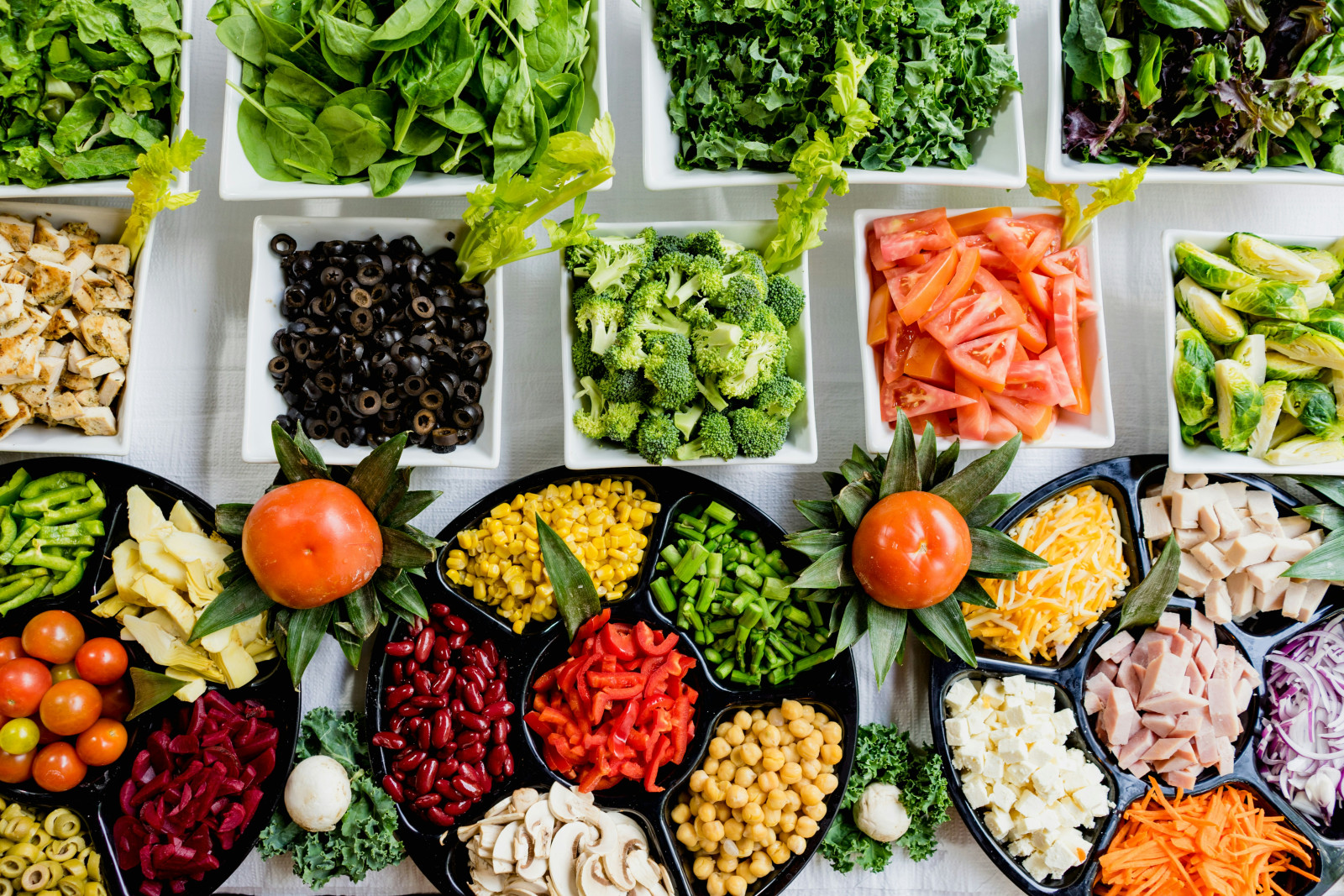
It’s easy to find essential oils in stores and online. It’s not so easy to find good-quality essential oils. You need to make sure that the oils you buy are made from the plants they say they are, and not simply cooked up in a lab and made to smell nice. It’s also important to make sure that you buy pure, 100% essential oils and not cheap imitations, as the therapeutic effects are all in the botanical ingredients.
Some sellers make essential oils and mix them with cheap seed oils, or even try to pass cheaper versions off as genuine essential oils. This can be dangerous; imagine treating someone with an essential oil that’s been blended with a nut oil when they are nut-allergic?
Here are a few of the red flags to look for and some easy ways to tell the oils you’re buying are top quality.
Take a good look before you buy
Check the bottle’s label for a statement about purity. If the oil is 100% pure it should tell you on the label. If not, it might have been mixed with something else, so avoid it. If the word ‘essential’ isn’t mentioned on the label, as in ‘Tea Tree essential oil’ beware, as you might be buying a hybrid version of the oil you want. Lavender oil, for example, is perfumed oil that smells like lavender, it doesn’t necessarily contain any real lavender essential oil.
As essential oils are not considered true oils at all. It’s easy to check if an oil you aren’t sure of has been mixed with a carrier. All you need to do is place a drop on white paper and let it dry. If it leaves an oily mark, it’s a fake. Having said that, be careful when testing German Chamomile, Vetiver, Sandalwood or Patchouli oils as they can appear darker and heavier than other essential oils.
Check the way it pours
When you unscrew the cap on your bottle of essential oil, it should be sealed properly with a small plug designed to control the amount of oil that comes out at a time. This is important; you need to know that you’re using the right amount and it helps preserve the oil’s shelf life. Check the dropper, too. If it’s made from plastic or rubber it can degrade and release impurities into the oil.
At the same time, take note of the bottle your oil comes in. All essential oils should be stored in glass containers because their natural compounds react to synthetic plastics over time. The glass should be amber or dark blue as this protects the oil from ultraviolet. A good quality oil should look as well as smell the part.
Take note of the price
As with most things, you get what you pay for when you buy essential oils. Cheaper oils may not be the bargains they appear! True essential oils always cost more because it takes a lot of plant material to make one small bottle of essential oil. If the plant itself is rare, the price of its oil is likely to be even higher. Lavender, Rosemary, and other common oils will naturally be less expensive, but if you’re looking for Jasmine or Rose, you can expect to pay more. Do your research online, read reviews and buy from trusted sources. Don’t be tempted to skimp as the efficacy of the product depends on its purity.
How does it feel?
Essential oils don’t feel as oily as seed and nut oils. To test this, try it for yourself. Add a drop of seed oil onto one index finger and a drop of essential oil on the other. Feel them both using your thumb – they will feel different. Essential oils won’t feel greasy or thick, with the exception of heavier, colored oils like Patchouli and Sandalwood. A seed or nut carrier oil will have a thicker, oilier texture.
These are just a few ways to test your essential oils and ensure you’re buying and using the best quality.
I would love to help you find the best quality essential oils and you can find good recipes and different finds in my community here. You can also shop around in my shop here. Check it out and learn more about all the products and find that each oil truly has a great and true quality for use.





